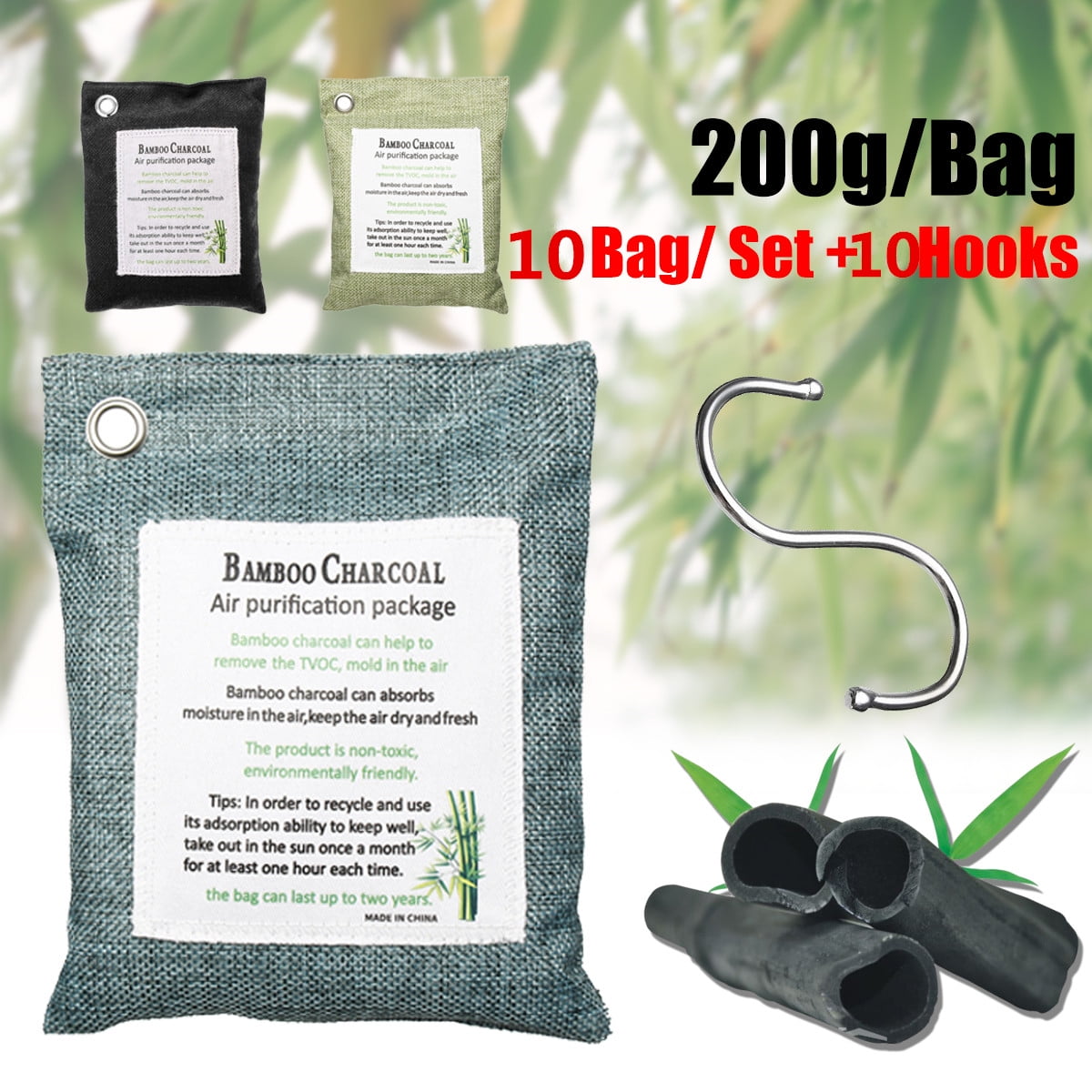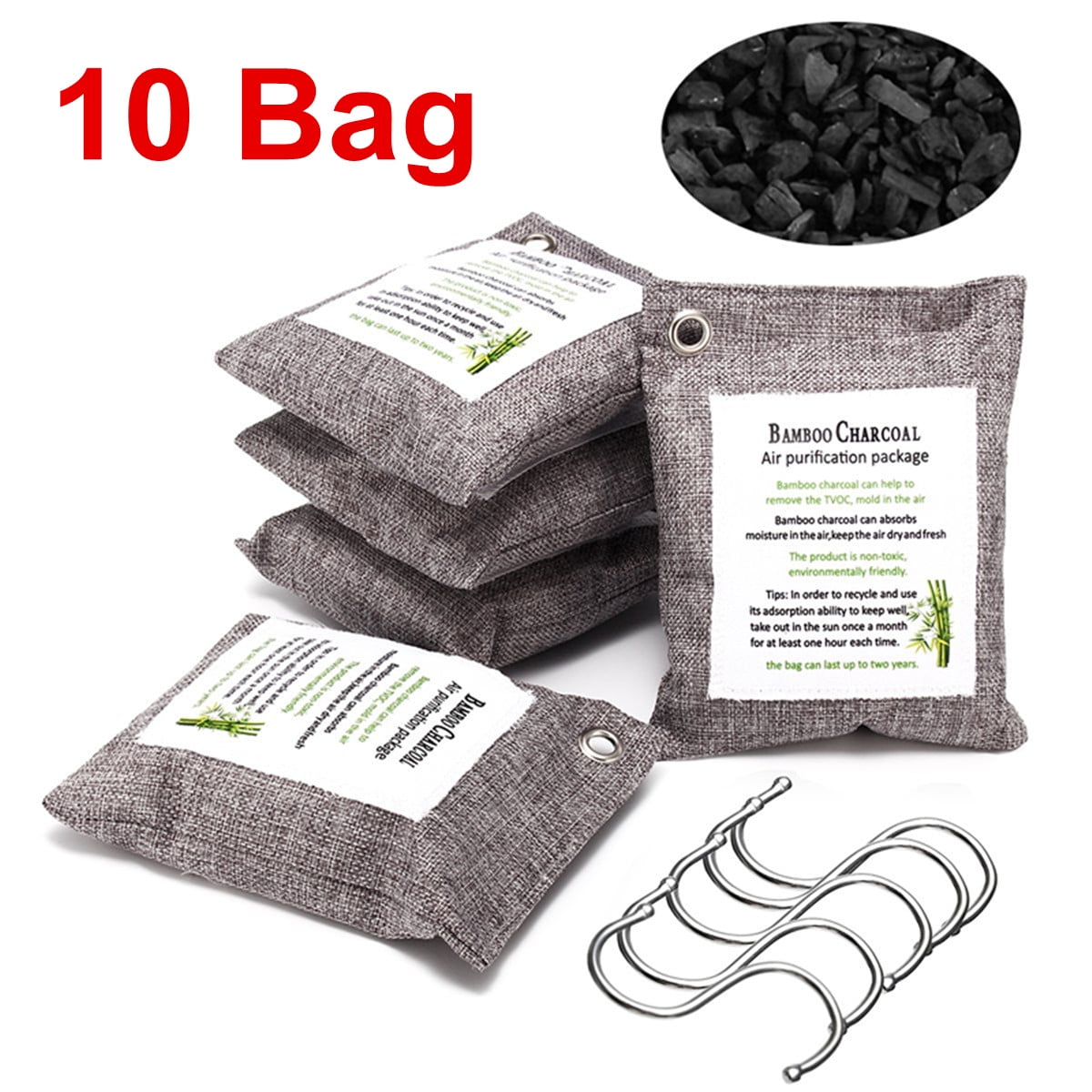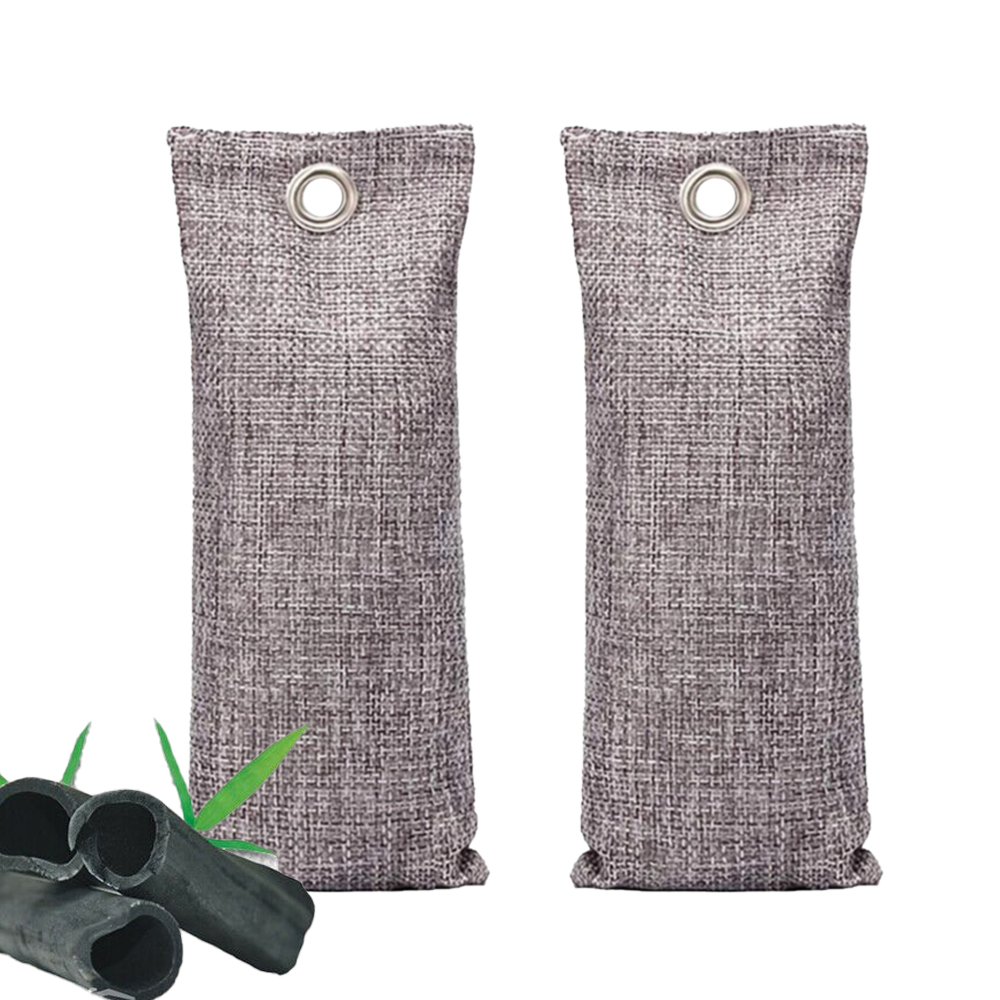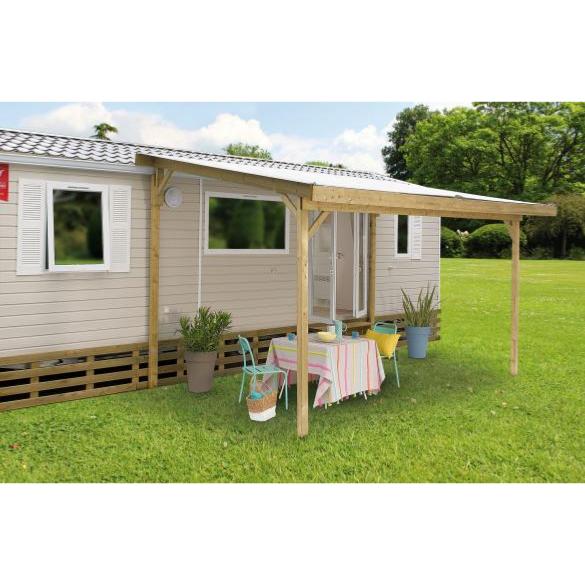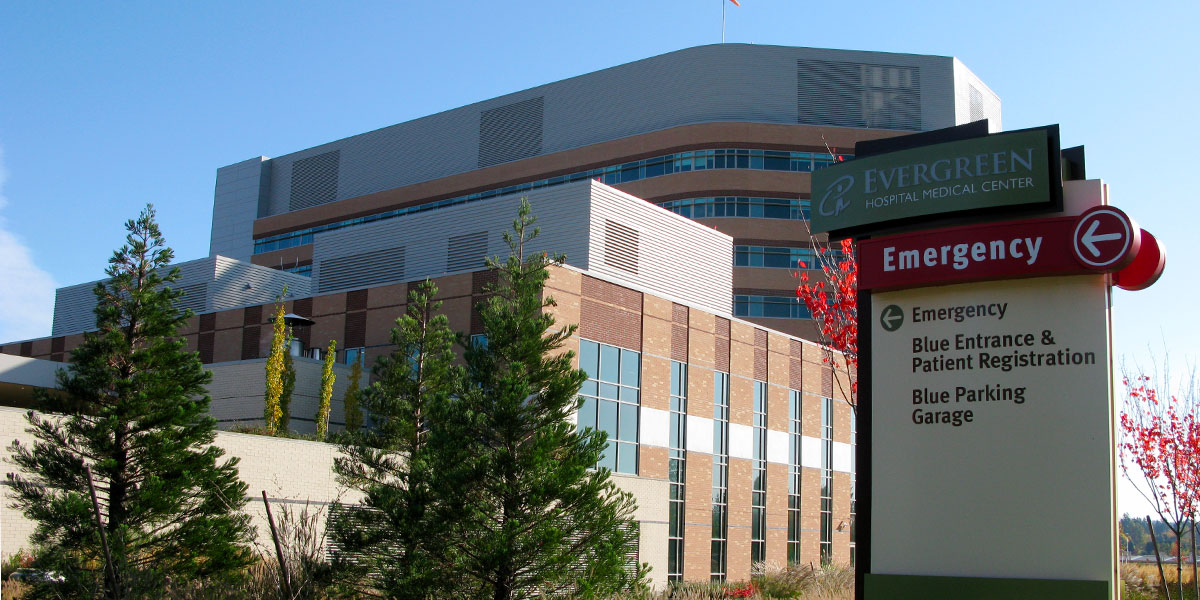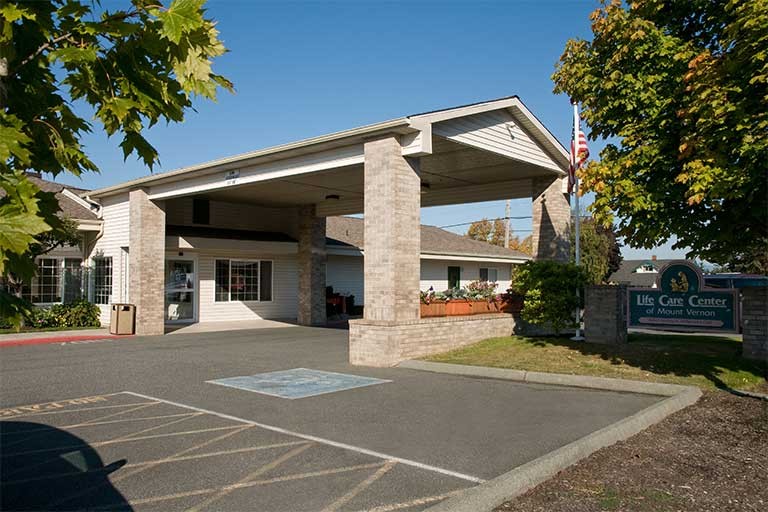Table of Content
There are currently 112 luxury homes for sale in Amsterdam, North Holland on JamesEdition. JamesEdition can help you find the home that match all the preferences for your dream home. Use filters and narrow your search by price, number of bedrooms, bathrooms, and amenities to find homes that fit your criteria. Click on listings to see photos, amenities, price and much more.

Holland is 7,494 square kilometres , land and water included, making it roughly 13% of the area of the Netherlands. Looking at land alone, it is 5,488 square kilometres in area. From 1806 to 1810, Napoleon styled his vassal state, governed by his brother Louis Napoleon and shortly by the son of Louis, Napoleon Louis Bonaparte, as the "Kingdom of Holland". This kingdom encompassed much of what would become the modern Netherlands.
Homes for sale nearby Amsterdam, Netherlands
In English, Dutch refers to the Netherlands as a whole, but there is no commonly used adjective for "Holland". "Hollandic" is the name linguists give to the dialect spoken in Holland, and is occasionally also used by historians and when referring to pre-Napoleonic Holland. On JamesEdition you can find luxury homes in Amsterdam of any size between 1 and 9 bedrooms with an average of 212 ㎡ in size. The largest home for sale in Amsterdam, Netherlands is a €6,173,872 apartment with a size of 774 sqm.
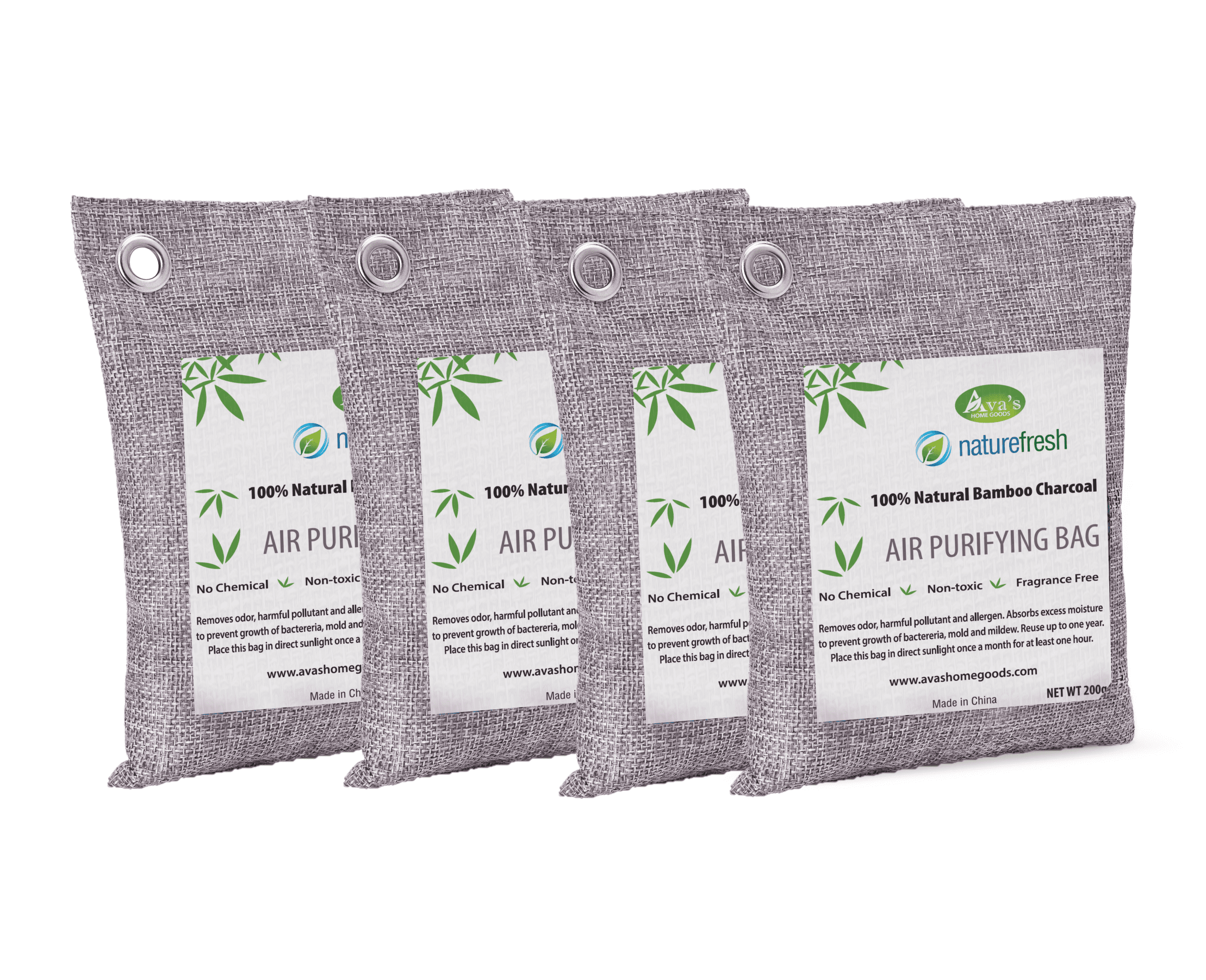
The main cities in Holland are Amsterdam, Rotterdam and The Hague. Amsterdam is formally the capital of the Netherlands and its largest city. The Port of Rotterdam is Europe's largest and most important harbour and port. These cities, combined with Utrecht and other smaller municipalities, effectively form a single metroplex—a conurbation called Randstad. The people of Holland are referred to as "Hollanders" in both Dutch and English, though in English this is now unusual. Today this refers specifically to people from the current provinces of North Holland and South Holland.
Reclamation of the land
Many Europeans thought of the United Provinces first as Holland rather than as the Republic of the Seven United Provinces of the Netherlands. A strong impression of Holland was planted in the minds of other Europeans, which then was projected back onto the Republic as a whole. Within the provinces themselves, a gradual slow process of cultural expansion took place, leading to a "Hollandification" of the other provinces and a more uniform culture for the whole of the Republic. The dialect of urban Holland became the standard language.
George Mikes, How to be an Alien, "When people say England, they sometimes mean Great Britain, sometimes the United Kingdom, sometimes the British Isles - but never England." The stereotypical image of Holland is a contrived amalgam of tulips, windmills, clogs, Edam cheese and the traditional dress of the village of Volendam, far from the reality of everyday Holland. These stereotypes were deliberately created in the late 19th century by official "Holland Promotion" to attract tourists. The formation of the Batavian Republic, inspired by the French revolution, led to a more centralised government.
Charcoal Moisture Eliminator 9.8 oz Traps Excess Moisture, Set of 7, NEW
When John I died childless in 1299, the county was inherited by Count John II of Hainaut. By the time of William V (House of Wittelsbach; 1354–1388) the count of Holland was also the count of Hainaut and Zealand. In Dutch, the word Hollands is the adjectival form for Holland.
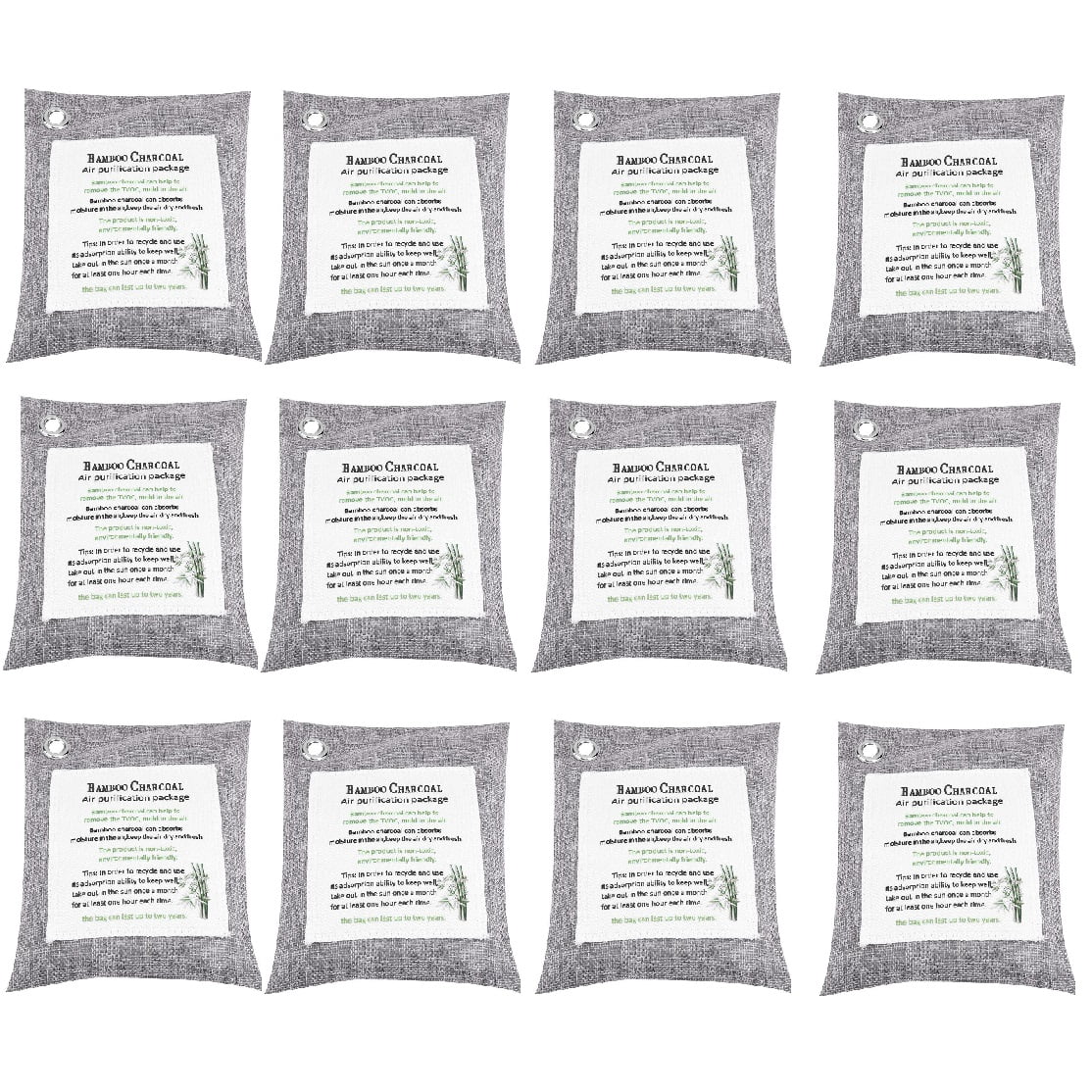
Behind the dunes on the coast of the Netherlands a high peat plateau had grown, forming a natural protection against the sea. By the tenth century the inhabitants set about cultivating this land by draining it. However, the drainage resulted in extreme soil shrinkage, lowering the surface of the land by up to 15 metres . A maritime region, Holland lies on the North Sea at the mouths of the Rhine and the Meuse . It contains numerous rivers and lakes, and has an extensive inland canal and waterway system. The region is bordered on the east by the IJsselmeer and four Dutch provinces.
Fast delivery
"Holland" is informally used in English and other languages, including sometimes the Dutch language itself, to mean the whole of the modern country of the Netherlands. The name Holland first appeared in sources for the region around Haarlem, and by 1064 was being used as the name of the entire county. By the early twelfth century, the inhabitants of Holland were called Hollandi in a Latin text. Holland is derived from the Old Dutch term holtlant ('wood-land').
This inland sea threatened to link up with the "drowned lands" of Zealand in the south, reducing Holland to a series of narrow dune barrier islands in front of a lagoon. Only drastic administrative intervention saved the county from utter destruction. The counts and large monasteries took the lead in these efforts, building the first heavy emergency dikes to bolster critical points. Later special autonomous administrative bodies were formed, the waterschappen ("water control boards"), which had the legal power to enforce their regulations and decisions on water management.
Its independence was further reduced by an administrative reform in 1798, in which its territory was divided into several departments called Amstel, Delf, Texel, and part of Schelde en Maas. Between 1806 and 1810 "Holland" was the official name for the county as a whole, after Napoleon made his brother Louis Bonaparte the monarch of the Kingdom of Holland. Some of the cheaper bottled water are even filled with tap water. The price for this product is set by the individual retailers and varies among them. Each retailer has a pricing policy that can be found on that retailer's page.
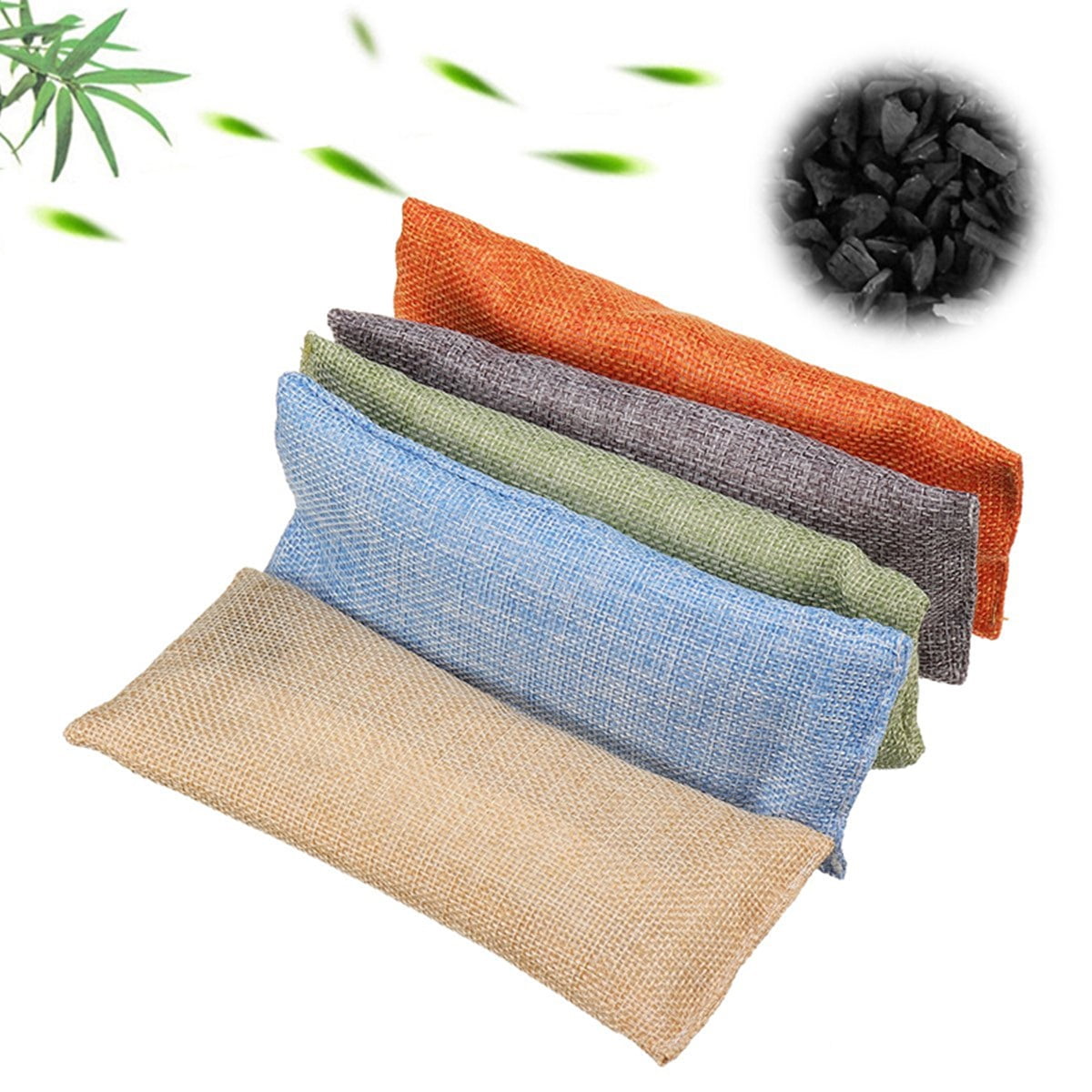
In 1815, Holland was restored as a province of the United Kingdom of the Netherlands. Holland was divided into the present provinces North Holland and South Holland in 1840, after the Belgian Revolution of 1830. This reflected a historical division of Holland along the IJ into a Southern Quarter and a Northern Quarter , but the present division is different from the old division. From 1850, a strong process of nation formation took place, the Netherlands being culturally unified and economically integrated by a modernisation process, with the cities of Holland as its centre. Strong dialectal variation still exists throughout the Low Countries.
The western coastline shifted up to 30 kilometres to the east and storm surges regularly broke through the row of coastal dunes. The Frisian Isles, originally joined to the mainland, became detached islands in the north. The main rivers, the Rhine and the Meuse , flooded regularly and changed course repeatedly and dramatically.
